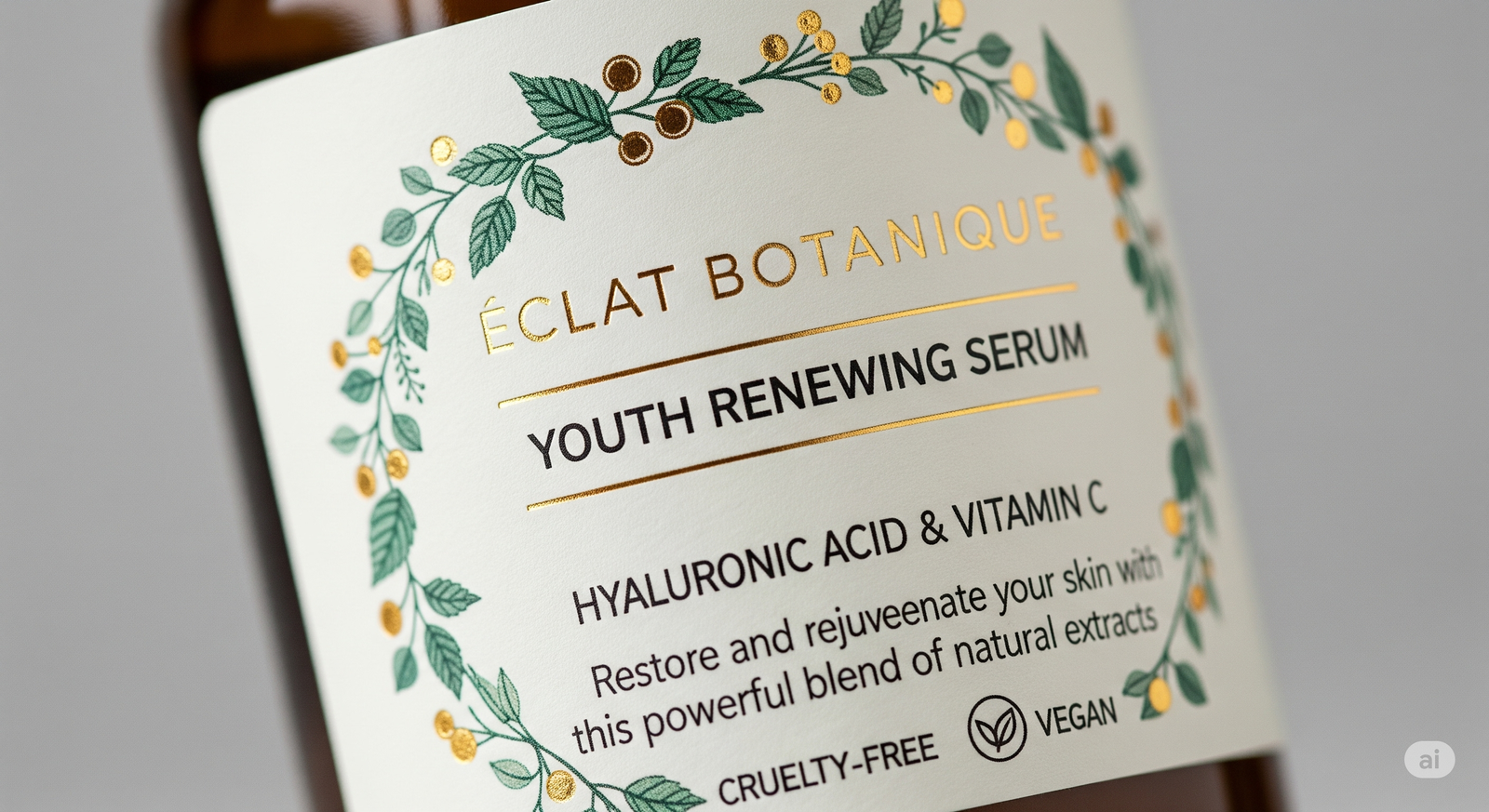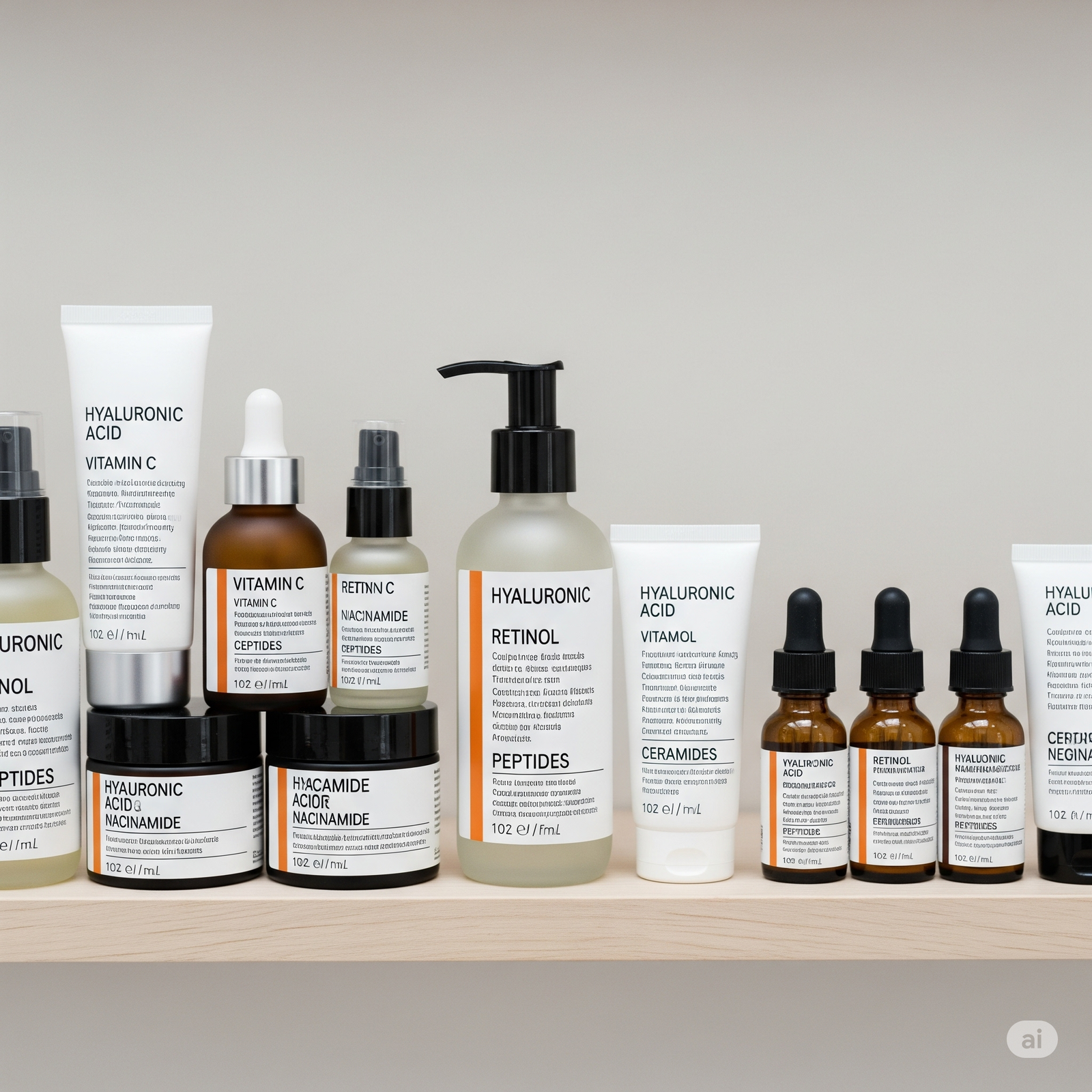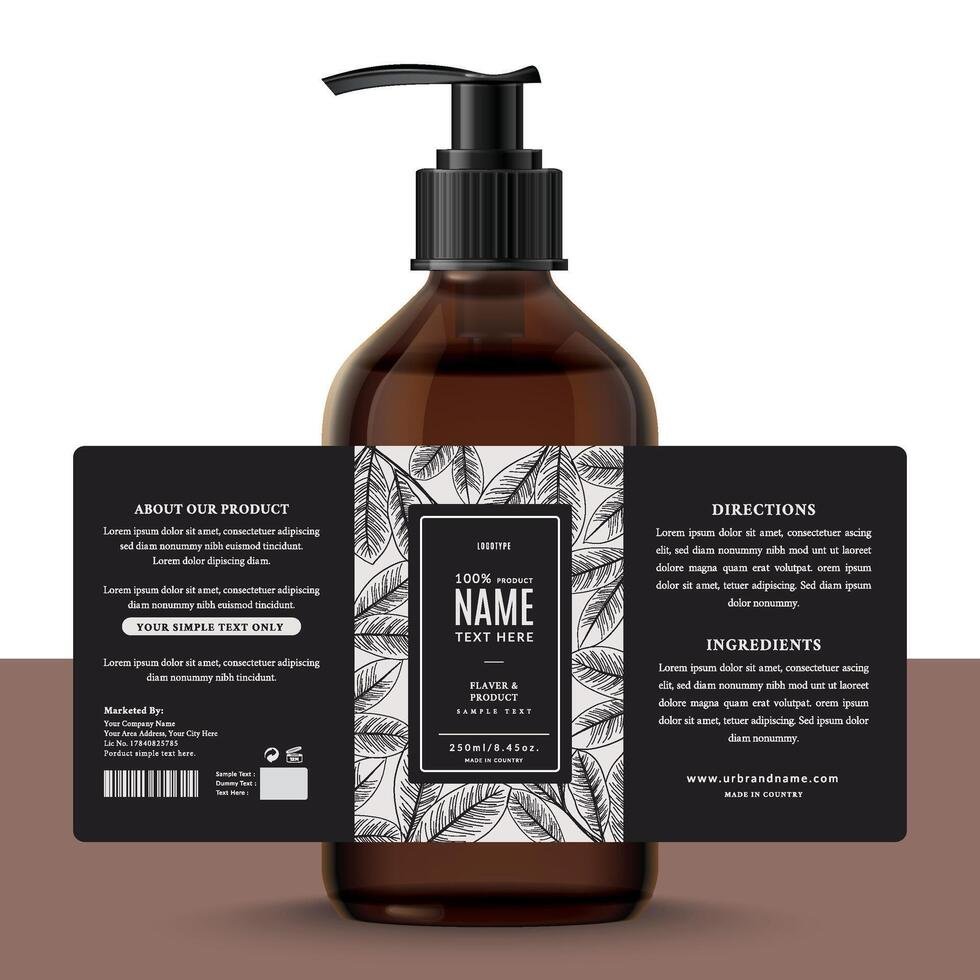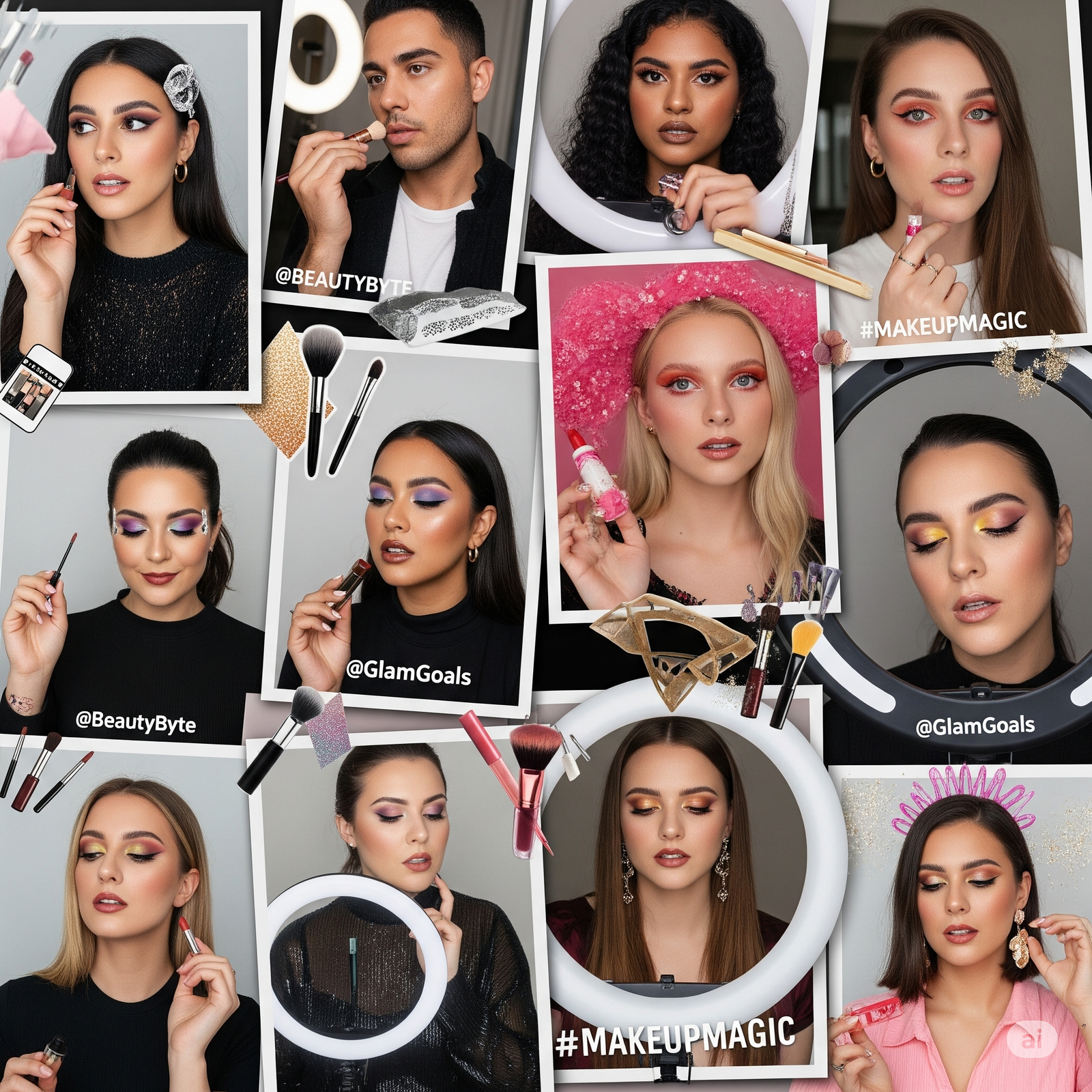Building Trust With Transparent Ingredient Storytelling
Build consumer trust with skincare ingredient transparency. Learn how beauty brands use ingredient disclosure and Admigos compliance tools to drive repeat buyers.
28 Jul'25
By Niharika Paswan


Building Trust With Transparent Ingredient Storytelling
Trust is no longer a soft metric in beauty marketing. It is a conversion driver, a retention strategy, and for many brands, a differentiator in a saturated market. As consumers become more skin-literate and ingredient-aware, transparency is now expected and not just appreciated. What started as a niche movement led by indie brands has now become a baseline expectation for skincare brands of every size.
From ingredient disclosures to sourcing clarity and safety testing, transparent storytelling is the new language of beauty trust. It shapes not just perception but performance. Shoppers want to know what’s in the bottle, why it’s there, where it comes from, and whether it’s safe and not through vague claims but through clear, verified facts.
This article explores how skincare ingredient transparency has become central to consumer trust and how Admigos powers this shift through real-time analytics, sentiment tracking, and compliance monitoring.
Why Ingredient Disclosure Is Now a Trust Signal

The days of “fragrance” or “proprietary blend” passing as adequate labeling are over. Today’s skincare buyer reads the INCI list, Googles ingredient safety, follows chemists on social media, and expects brands to provide details proactively. Transparency is no longer just regulatory, it is reputational.
Three key shifts have made ingredient disclosure a front-and-center demand:
- Skin sensitivity awareness: With conditions like rosacea, eczema, and hormonal acne rising, users are avoiding ingredients they know trigger flare-ups.
- Digital education: Skincare communities on Reddit, YouTube, and Instagram have taught consumers how to decode INCI lists and challenge greenwashed claims.
- Global safety concerns: Scandals around untested ingredients and banned substances have pushed consumers to demand traceability and certification.
According to Mintel’s Global Beauty & Personal Care Trends Report, 72 percent of skincare consumers globally say ingredient transparency affects their purchase decision. For Gen Z and Millennials, that number is even higher. Ingredient lists are no longer just functional they are storytelling tools.
Transparency as a Conversion Strategy
The most successful brands today are turning ingredient clarity into competitive advantage. Instead of hiding behind scientific jargon, they explain each component’s role, safety data, and origin. This builds trust, reduces friction, and increases conversion, especially for first-time buyers.
Key ways brands are using ingredient storytelling to drive conversion:
- Educational content on landing pages: Not just listing ingredients, but explaining why each one is used.
- Source maps: Showing where botanicals or actives are harvested, especially for clean or ethical claims.
- Swappable INCI layers: Letting users click to see the plain-language version of a label.
- Video breakdowns: Featuring dermatologists or formulators walking through formulation logic.
- AI chat assistants: Helping users ask questions about any listed ingredient directly from product pages.
- Admigos supports brands in optimizing these features through real-time sentiment analysis and A/B testing. By analyzing what transparency formats generate higher dwell time or cart additions, brands can refine their disclosure design for both clarity and conversion.
How Admigos Powers Ingredient Transparency
Admigos acts as a compliance and analytics partner for beauty brands navigating the new transparency economy. Its platform tracks regulatory shifts, consumer sentiment, and content performance by ensuring ingredient disclosure is both accurate and impactful.
Key Admigos capabilities include:
- Label compliance monitoring: Tracks regulatory changes in labeling laws across the US, EU, and APAC markets.
- Sentiment scoring on ingredient mentions: Maps consumer mood around specific INCI terms across social and review platforms.
- Disclosure completeness benchmarking: Flags where a brand’s ingredient lists may be missing context compared to competitors.
- Engagement heatmaps: Identifies which ingredient breakdowns or FAQs drive scroll depth, clicks, or saves on product pages.
- Risk alerts: Early signals on consumer backlash around controversial ingredients or misleading claims.
Real Examples: How Leading Brands Handle Ingredient Transparency

Brands like The Ordinary, Paula’s Choice, and Youth to the People have built cult followings by treating transparency as a product feature, not a legal formality.
- The Ordinary lists active percentages on the front of packaging and provides ingredient-specific education per SKU.
- Paula’s Choice links each product to clinical research references and has a dedicated ingredient dictionary.
- Youth to the People highlights where superfood ingredients are sourced and what each does for the skin.
These brands not only disclose ingredients but explain them in ways that feel empowering and trustworthy. Admigos enables similar strategies for brands that may not have in-house science or copy teams. Its AI engine can help turn regulatory terms into easy-to-digest content based on proven user engagement patterns. The FDA offers a comprehensive guide on proper cosmetic labeling to help brands meet regulatory standards and ensure consumer safety.
Ingredient Regulations and the Role of Compliance Tools
Ingredient transparency isn’t just about consumer preference, it’s also about staying compliant. Regulatory landscapes around ingredient safety and disclosure are evolving rapidly.
Recent changes include:
- EU banning additional preservatives and allergens in 2024.
- India’s CDSCO increasing enforcement on herbal product claims.
- California’s new cosmetic labeling bill requiring carcinogen warnings for specific compounds.
Admigos helps brands stay ahead of these shifts. Its dashboard updates ingredient regulations by market and flags SKUs at risk of non-compliance. For multinational beauty labels, this allows real-time label adaptation without legal bottlenecks.
The compliance tool also integrates with product development timelines, so ingredient storytelling isn’t just a reactive label fix but a proactive product narrative from day one.
What Consumers Actually Want From Ingredient Labels
Transparency means different things to different audiences. Some shoppers want hard science and sourcing; others just want reassurance that the product won’t irritate their skin.
Admigos helps brands decode this nuance through cluster-based sentiment analysis. It maps different consumer types and their disclosure preferences, so brands can segment not just by skin concern but by trust preference.
Common consumer needs:
- Sensitive skin shoppers want allergen flags, irritation test data, and fragrance-free icons.
- Clean beauty shoppers want traceable sourcing and “no list” visuals.
- Results-focused shoppers want proof of efficacy: percentages, clinical trials, active synergy.
- First-time shoppers want simple language, dermatologist backing, and relatable analogies.
- Gen Z users want memes, carousel breakdowns, and ingredient myth busting.
Admigos identifies which messaging drives trust for each segment and helps brands design ingredient storytelling that lands. Blue Label Packaging shares 6 expert labeling tips to help cosmetic and beauty brands enhance compliance, shelf appeal, and consumer trust.
Avoiding Greenwashing and Claim Fatigue

With transparency rising, so does scrutiny. Brands must be careful not to over-claim or lean on vague language. Terms like “clean,” “natural,” or “safe” are increasingly being challenged by watchdogs and consumer advocates unless they’re backed by specific disclosures.
Admigos tracks flagged language and greenwashing trends in beauty reviews and regulatory warnings. It helps brands audit their marketing and labeling language before launch to avoid public corrections or backlash.
Guidelines to avoid greenwashing:
- Never claim “chemical-free” everything is a chemical.
- Define what “natural” or “clean” means using specific criteria.
- Back “clinically proven” claims with real references.
- Avoid symbols or icons that mimic certifications without approval
- Use visual disclosures to explain what’s not in a product and why
Admigos works with regulatory consultants to vet labels and ensures that transparency builds credibility rather than skepticism. Oully’s Ingredient Transparency Guide helps beauty brands worldwide navigate clean labeling and regulatory expectations.
Metrics That Show Ingredient Transparency Works
Ingredient storytelling isn’t just ethical, it’s measurable. Brands using Admigos have seen:
- Lower bounce rates on product pages with expanded ingredient breakdowns
- Higher add-to-cart rates when allergy or safety info is clear and visually easy to scan
- Increased positive sentiment in reviews that mention understanding the formula
- More FAQ engagement when INCI terms are explained in plain language
- Reduced customer service tickets around ingredient confusion or side effects
Admigos benchmarks these metrics and helps brands track performance over time, offering monthly dashboards on transparency ROI.
Final Thought: Trust Built One Ingredient at a Time
Ingredient transparency is not a trend. It is a long-term brand value, a legal necessity, and a powerful trust accelerator. In a market driven by informed buyers and rapid feedback loops, beauty brands that invest in clear, accessible, and accurate ingredient storytelling are rewarded with loyalty, credibility, and conversion.
Admigos stands at the intersection of compliance and creativity, helping brands transform regulatory data into trust-building experiences. With tools that track sentiment, monitor disclosure trends, and guide storytelling strategies, Admigos ensures ingredient transparency is not just a box to check but a reason to buy.
In beauty, what’s inside matters. And now more than ever, how you talk about it does too.
— By Niharika Paswan
Hyper-Personalization in Beauty Marketing: The Next Frontier
Discover how AI beauty marketing and personalization are reshaping the industry. Learn how Admigos powers personalized skincare, campaigns, and loyalty at scale.

Winning the Micro-Influencer Game for D2C Beauty Brands
How small creators deliver major results in todays crowded beauty market”and how to scale smart.
